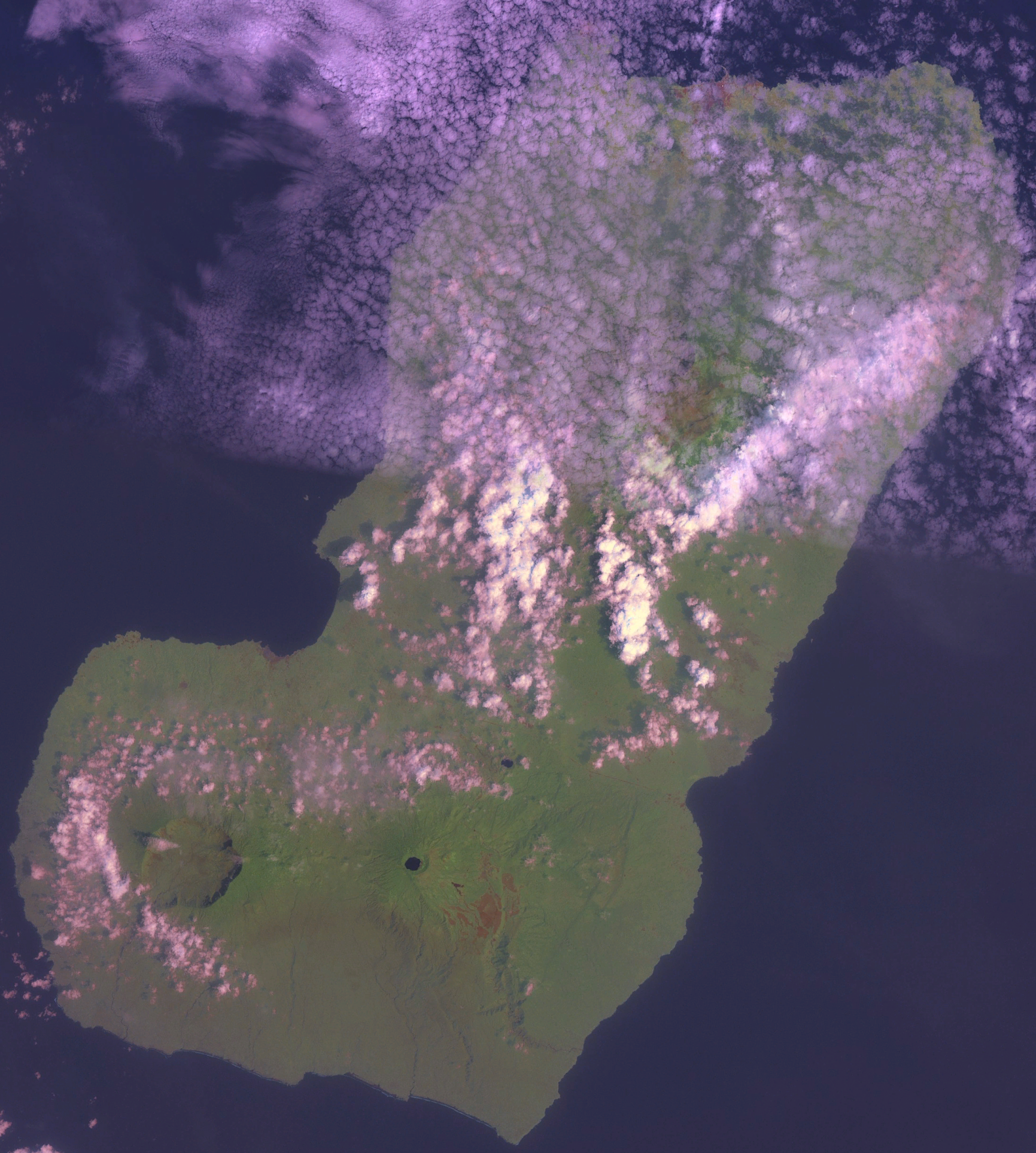|
Metarbela Quadriguttata
''Metarbela quadriguttata'' is a moth in the family Cossidae. It is found in Equatorial Guinea Equatorial Guinea ( es, Guinea Ecuatorial; french: Guinée équatoriale; pt, Guiné Equatorial), officially the Republic of Equatorial Guinea ( es, link=no, República de Guinea Ecuatorial, french: link=no, République de Guinée équatoria ... ( Bioko). References Natural History Museum Lepidoptera generic names catalog Metarbela Moths described in 1925 {{Metarbelinae-stub ... [...More Info...] [...Related Items...] OR: [Wikipedia] [Google] [Baidu] |
Moth
Moths are a paraphyletic group of insects that includes all members of the order Lepidoptera that are not butterflies, with moths making up the vast majority of the order. There are thought to be approximately 160,000 species of moth, many of which have yet to be described. Most species of moth are nocturnal, but there are also crepuscular and diurnal species. Differences between butterflies and moths While the butterflies form a monophyletic group, the moths, comprising the rest of the Lepidoptera, do not. Many attempts have been made to group the superfamilies of the Lepidoptera into natural groups, most of which fail because one of the two groups is not monophyletic: Microlepidoptera and Macrolepidoptera, Heterocera and Rhopalocera, Jugatae and Frenatae, Monotrysia and Ditrysia.Scoble, MJ 1995. The Lepidoptera: Form, function and diversity. Oxford, UK: Oxford University Press; 404 p. Although the rules for distinguishing moths from butterflies are not well establishe ... [...More Info...] [...Related Items...] OR: [Wikipedia] [Google] [Baidu] |
Cossidae
The Cossidae, the cossid millers or carpenter millers, make up a family (biology), family of mostly large Miller (moth), miller moths. This family contains over 110 genera with almost 700 known species, and many more species await description. Carpenter millers are nocturnal Lepidoptera found worldwide, except the Southeast Asian subfamily Ratardinae, which is mostly active during the day. This family includes many species with large caterpillars and moths with a wingspan from . These moths are mostly grey; some have long, narrow wings and resemble hawkmoths (Sphingidae) which are more advanced macrolepidoptera, however. Many are twig, bark, or leaf mimics, and Cossidae often have some sort of large marking at the tip of the forewing uppersides, conspicuous in flight, but resembling a broken-off twig when the animals are resting. Caterpillars are smooth with a few hairs. Most cossid caterpillars are tree borers, in some species taking up to three years to mature. The caterpill ... [...More Info...] [...Related Items...] OR: [Wikipedia] [Google] [Baidu] |
Equatorial Guinea
Equatorial Guinea ( es, Guinea Ecuatorial; french: Guinée équatoriale; pt, Guiné Equatorial), officially the Republic of Equatorial Guinea ( es, link=no, República de Guinea Ecuatorial, french: link=no, République de Guinée équatoriale, pt, link=no, República da Guiné Equatorial), *french: link=no, République de Guinée équatoriale * pt, link=no, República da Guiné Equatorial is a country on the west coast of Central Africa, with an area of . Formerly the colony of Spanish Guinea, its post-independence name evokes its location near both the Equator and the Gulf of Guinea. , the country had a population of 1,468,777. Equatorial Guinea consists of two parts, an insular and a mainland region. The insular region consists of the islands of Bioko (formerly ''Fernando Pó'') in the Gulf of Guinea and Annobón, a small volcanic island which is the only part of the country south of the equator. Bioko Island is the northernmost part of Equatorial Guinea and is the ... [...More Info...] [...Related Items...] OR: [Wikipedia] [Google] [Baidu] |
Bioko
Bioko (; historically Fernando Po; bvb, Ëtulá Ëria) is an island off the west coast of Africa and the northernmost part of Equatorial Guinea. Its population was 335,048 at the 2015 census and it covers an area of . The island is located off the Ambazonian segment of Cameroon, in the Bight of Biafra portion of the Gulf of Guinea. Its geology is volcanic; its highest peak is Pico Basile at . Malabo, on the north coast of the island, is the capital city of Equatorial Guinea. Etymology Bioko's native name is ''Ëtulá Ëria'' in the Bube language. For nearly 500 years, the island was known as ''Fernando Po'' ( pt, Fernando Pó, links=no; es, Fernando Poo, links=no), named for Portuguese navigator Fernão do Pó. Between 1973 and 1979 the island was named ''Macías Nguema Biyogo'' after the then president of Equatorial Guinea; the current name, Bioko, dates from 1979 and is in honour of politician Cristino Seriche Bioko. Geography Bioko has a total area of . It is long ... [...More Info...] [...Related Items...] OR: [Wikipedia] [Google] [Baidu] |
Metarbela
''Metarbela'' is a genus of moths in the family Cossidae described by William Jacob Holland in 1893. Species * '' Metarbela abdulrahmani'' Lehmann, 2008 * '' Metarbela alluaudi'' Le Cerf, 1914 * '' Metarbela bifasciata'' Gaede, 1929 * '' Metarbela bipuncta'' Hampson, 1920 * '' Metarbela bueana'' Strand, 1912 * '' Metarbela chidzingai'' Lehmann, 2008 * '' Metarbela cinereolimbata'' Le Cerf, 1914 * '' Metarbela costistrigata'' Hampson, 1920 * '' Metarbela cremorna'' Hampson, 1920 * ''Metarbela cymaphora'' Hampson, 1910 * '' Metarbela dialeuca'' Hampson, 1910 * '' Metarbela diodonta'' Hampson, 1916 * '' Metarbela distincta'' Le Cerf * ''Metarbela erecta'' Gaede, 1929 * ''Metarbela fumida'' Karsch, 1896 * ''Metarbela funebris'' Gaede, 1929 * ''Metarbela haberlandorum'' Lehmann, 1997 * ''Metarbela inconspicua'' Gaede, 1929 * ''Metarbela kobesi'' Lehmann, 2007 * ''Metarbela laguna'' Hampson, 1920 * ''Metarbela latifasciata'' Gaede, 1929 * ''Metarbela leucostigma'' (Hampson, 1910) * ''Me ... [...More Info...] [...Related Items...] OR: [Wikipedia] [Google] [Baidu] |


